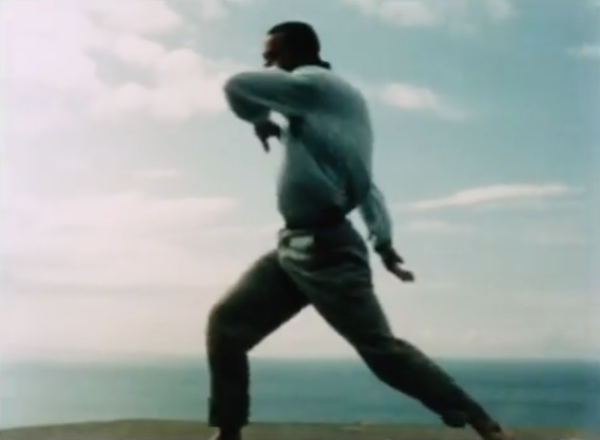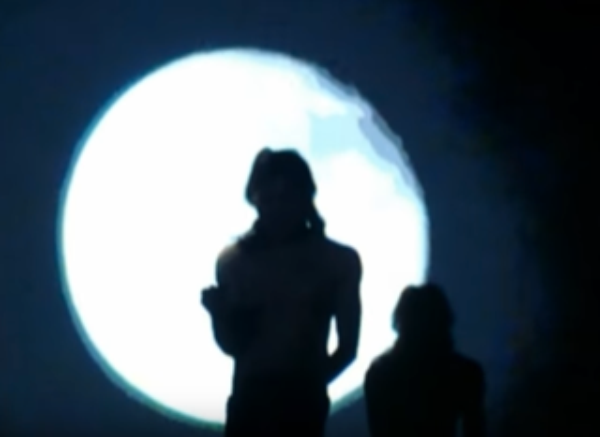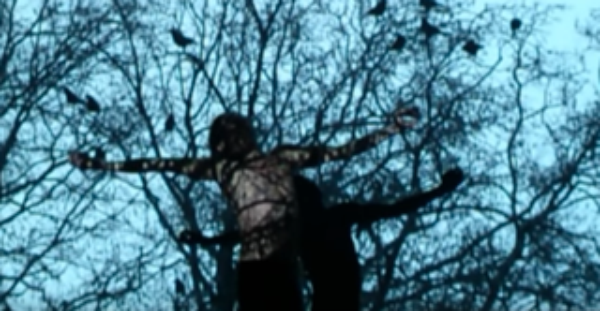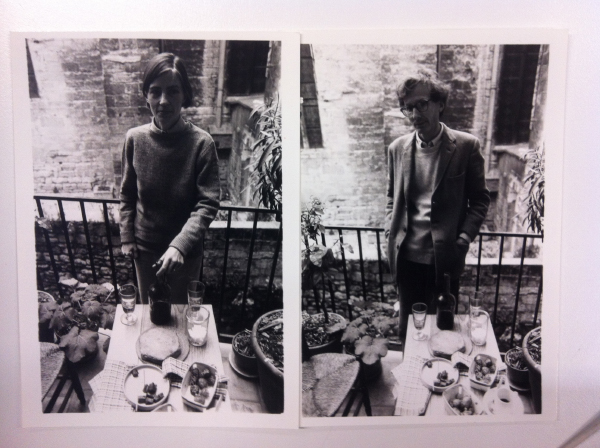Events
SATURDAY, MARCH 9, 5 P.M.
Le Soleil du Nom by Bernardo Montet & Talks on Teo Hernández

Roundtable around Teo Hernández with Andrea Ancira García, Alexis Constantin (MNAM-CCI, Centre Pompidou), Mauricio Hernández, Natalia Klanchar (MNAM-CCI, Centre Pompidou), Michel Nedjar
Follow-up by a performance by Bernardo Montet (choreographer)
Le Soleil du Nom by Bernardo Montet :
A performance that crosses experimental cinema, sound poetry, amplified music and dance. Bernardo Montet interprets, on images of the film Pas de ciel by Teo Hernández. A round dancing where the matter creating a whirlwind of sensations. Bernardo Montet looking for imbalance to challenge the way of moving. He switch from one imbalance to another, like an instability that keeps us awake.
TUESDAY,FEBRUARY 26, 7 P.M.
Screening of Salomé , a Sothean Nhieim film (France, 2003, 40 min, Super 8) and performance by Sothean Nhieim (Feary)
In collaboration with Braquage

In the context of the exhibition Teo Hernández : Shatter appearances, Villa Vassilieff and Braquage co-organize a screening of the film Salomé by Sothean Nhieim (France, 2003, 40 min, Super 8), followed up by the performance Feary by Sothean Nhieim.
Salomé by Sothean Nhieim (France, 2003, 40 min)
True symbol of the affirmation of the feminine desire, Salome burns and cannot accept to see her desire to escape her. Her beauty is her weapon and she uses it to manipulate men. Sothean Nhieim has been making independent films for more than 20 years. In 2003, he directed a film about Salome, taking on this feminine figure, both a bearer of love and death.
Feary (performance)
"Once upon a time ... A performance for all ... or how a fairy, Sothean Nhieim, celebrates the powers of fantasy and naked beauty." Sylvain Georg

About Braquage :
Braquage / Experimental Arrangements Association was created in October 2000 by experimental filmmakers and programmers. Braquage offers experimental film sessions since its creation, at the rate of fifty a year in a lot of different places (institutions, schools, cafes, theaters, squats, circuses, streets, festivals ...), in Paris and in other European cities.
For the last fifteen years, Braquage has proposed about 600 experimental cinema sessions, mixing historical and contemporary films. Braquage programme is mainly designed with a thematic approach. This allows to tap into the history of the experimental cinema, bringing together films from different times and countries.
In order to highlight the practices of the experimental cinema, the films programmed during the sessions designed by Braquage are usually projected in film (Super-8, 16mm, 35mm). In order to be autonomous, the association get film projectors (in Super-8 and 16mm). This naturally does not prevent Braquage to programming works made in other format.
Contact:
Braquage/Aménagements expérimentaux
70 rue des Panoyaux 75020 Paris
info@braquage.org

SATURDAY, MARCH 2, 12 A.M.
Table d’hiver
The launch of the book Anatomie de l’image. Notes de Teo Hernández presented by Andrea Ancira García, Yann Beauvais et Neil Mauricio Andrade

- Portraits of Rose Lowder and Alain Sudre in Avignon, Teo Hernández, 1983
In 1983, Teo Hernández photographed a meal in the house of Rose Lowder and Alain Sudre during his stay in Avignon. This series of photographs and films such as Tables d’hiver (1978-79), or Le déjeuner (1988) serve as repeated testimonies of this filmmaker’s interest in intimate daily life events, such as sharing a meal. Table d’hiver will gather friends, colleagues and family members of Teo Hernández for an informal exchange of experiencies and ideas around the life and work of this filmmaker. In the framework of these exchanges we will present the book Anatomie de l’image. Notes de Teo Hernández with the participation of Yann Beauvais, author of the introduction of the book, Andrea Ancira, curator of the exhibition and co-editor f the book, and Neil Mauricio Andrade, co-editor of the book.
Anatomie de l’image. Notes de Teo Hernández, Andrea Ancira, Neil Mauricio Andrade (eds.), Mexico City, tumbalcasa/buró—buró, 2019.
For a decade - from October 1981 to November 1991 - Teo Hernández (Ciudad Hidalgo, 1939 - Paris, 1992) produced hundreds of notes about his films, obsessions, philias, as well as reflections on the moving image. These unedited manuscripts tell us about his daily life after his self-exile in France in 1966, his friendships and ruptures, ethical dilemmas and identity conflicts both sexual and racial, but they also reflect a unique thought that assumes and explores early contemporary visual culture. Hernández’s writing shows how an experimental ethos understood as a way of life or co-creation of meaning is defined, precisely, in existential struggles, day by day, against all systematization and hierarchical organization of the arts, but also of desire and bodies.
Anatomy of the image, a concept coined by the author and source of inspiration for the title of this anthology, refers to the displacement of the eye not only as a privileged instrument of western cinema and visuality, but as a paradigm of relations with otherness.
Partager